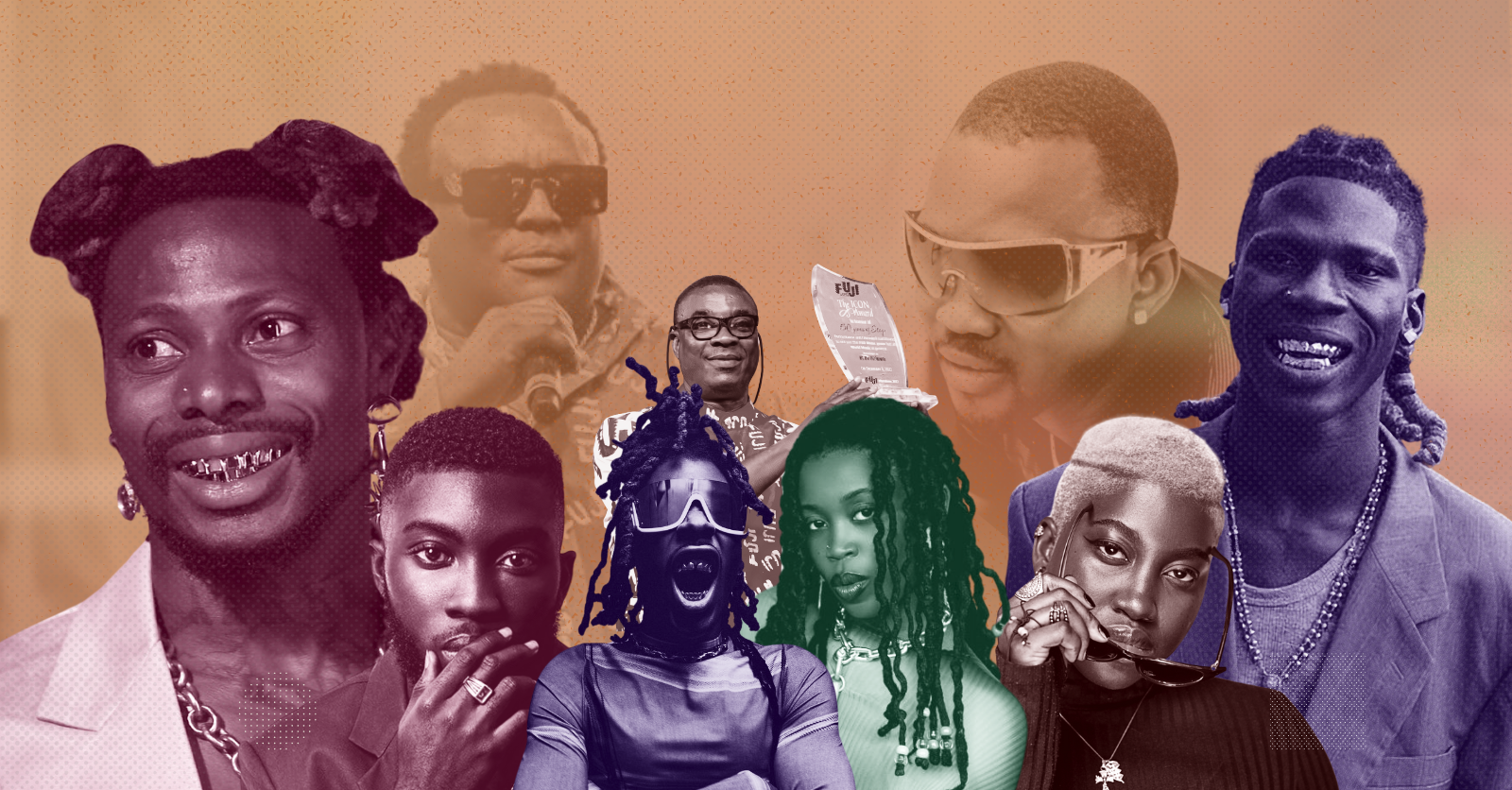From Alté to Alté-fuji: The Making of a New Genre
The exploration of fuji music by the likes of Asake, Seyi Vibez, Mohbad, Zinolesky and Barry Jhay has given rise to the subgenre of neo-fuji. Now, Odunsi The Engine, Cruel Santino, Lady Donli, Temmie Ovwasa, and a new crop of ‘Alté’ artistes, who are subverting and bypassing the neo-fuji template, promise to transform the future of fuji music.
Try to hear Seyi Vibez’s ‘Professor’ in your head without the beat:
You’re my obsession
Hotspot my connection
I waka for you, like debit collector
Loseyi professor
You’d bet that was Pasuma singing a cappella.
Do the same with Asake’s ‘Lonely at the Top’. Look at the call and response. Hear the pre-chorus. Listen to the second verse. That’s fuji.
Fuji is a Yorùbá traditional music based on percussion, choral call and response, oratorical melody and Islamic tonality. It was popularized in the 1960s by pioneer, Alhaji Sikiru Ayinde Barrister, who also named it. It evolved from wéré music, a chant-based wake-up music performed by mobile Muslim groups of young men, called ajisari, who would go around waking up the faithful for prayer and fasting during Ramadan. (For a feel of wéré check out Epo-Akara’s Atoto Arere.) Barrister was instrumental to that evolution. Like Gani Kuti, Alhaji Dauda Epo-Akara and Kollington Ayinla, another fuji pioneer, he was himself a wéré heavyweight.
A cocktail of mostly different Yorùbá forms of music, Barrister combined sákárá, àpàlà, juju and Afrobeat for a distinct fuji sound in the 1970s. All but the last are Yorùbá traditional music genres. This highlights how strongly rooted in Yorùbá culture the genre is. A typical fuji singer has a Yorùbá worldview, dispenses Yorùbá people’s wisdom and showcases their philosophy. They’re also likely to embrace Islamic principles. (See Barrister’s last project, Reality, for a feel of fuji.) Fuji is an ever-evolving musical form. From Barrister’s Fuji Garbage to K1’s Talazo Fuji to Obesere’s Fuji Pop to Ayuba’s Fuji Bonsue to Osupa’s Hip Fuji and Pasuma’s Afro-fuji, fuji is a stubborn sound that has evolved through the decades. Neo-fuji might only be the newest defining stage in its evolution.
Now listen to Seyi Vibez’s and Asake’s songs with their beat. That's neo-fuji. Neo-fuji is fuji delivery on an Afrobeat/hip-hop instrumental usually with street-heavy lyrics. These days, an Amapiano bounce is often added to the mix. Most neo-fuji artistes cultivate the Yorùbá worldview like their fuji influences. Dami Ajayi, the poet and music critic, writes that Asake obsesses with a quest for wisdom in his songs. That’s a Yorùbá-music attitude. This and a prayerful state of mind are characteristic of neo-fuji singers as they were and still are cognisant of their fuji forebears. The prayerful mood has especially seen most of their outputs classified as Afro-adura—a mix, per Wisdom Musasiru, of Afrobeats (Afro) and prayer (‘àdúrà’). Perhaps, paranoia, like prayer, though a staple in Afrobeats, might also be traceable to fuji. Given the many feuds that fuelled fuji music, there might be a case for this. Only see how Barrister pushed paranoia into the peak of craftsmanship on Reality (2012)...
Every year, The Republic publishes the most ambitious writing focused on Africa, from news and analysis to long-form features.
To continue reading this article, Register for a one-week free trial. Already a subscriber? Log in.
Already a subscriber? Log in.



